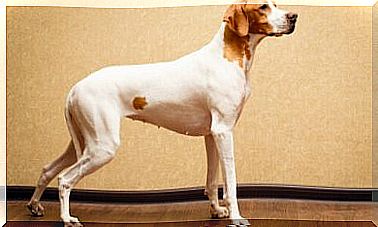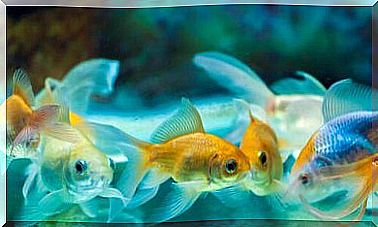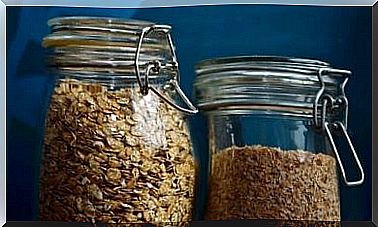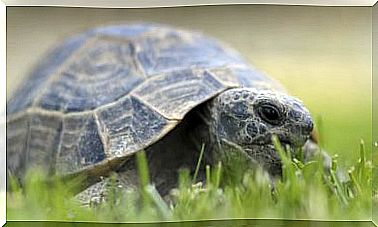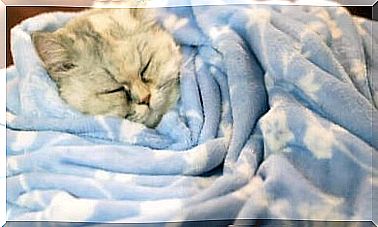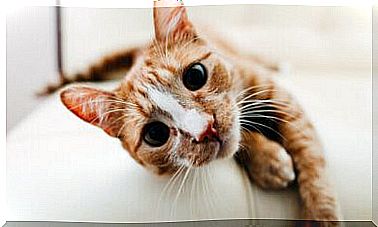Breeding And Reproduction Of Partridges
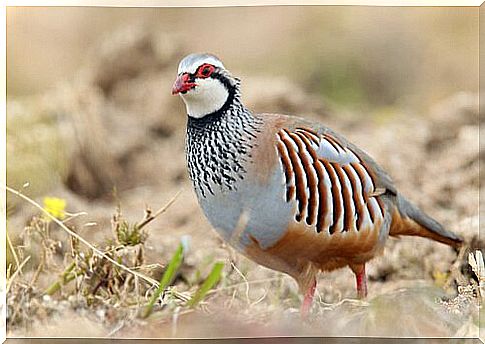
The breeding and reproduction of partridges is slowly growing. Either as a simple hobby or as a real earning opportunity.
While this activity requires specific dedication and care, it can be fun and, most importantly, quite profitable. Below we will see some tips for the practice of partridge farming .
Partridge breeding and reproduction: choosing the right species
In nature, there are several species of partridge. However, when we talk about professional breeding, we must refer to two of them, in particular: chukar and partridge. The difference between them, beyond their physical characteristics, is to be found in the peculiarities of eggs and chicks.
Furthermore, anyone who wants to start the breeding and reproduction of partridges must remember that these species have different forms of marketing. If, on the one hand, it is possible to sell eggs and adult specimens of the partridge, as far as the chukar is concerned, it is only on the market as a 2 or 3 month old chick.
Chukar or Turkish partridge
Scientifically known as Alectoris chukar , this type of pheasant is native to Asia and Europe. Today, however, its breeding is also registering great success in the United States, where it was introduced in the 1930s.
It has a very docile and sociable personality, two qualities that facilitate breeding and reproductive success, in captivity.
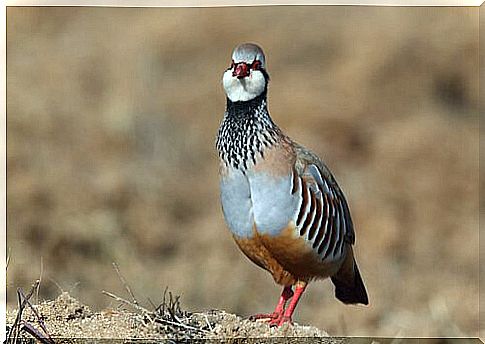
These partridges have a small and rounded body, with the back and lower part of the chest gray in color.
A Turkish partridge exhibits three black stripes: one on the forehead, one at eye level and the other under the neck. Their legs, toes and beak are generally orange and reddish in color.
Gray Partridge or Gray Partridge
Some partridges are typical of Europe and arrived in the United States in the early 19th century. In comparison to their Turkish cousins, these partridges are noticeably smaller and lighter.
An adult specimen usually measures 30-36 centimeters and weighs around 450 grams.
Its plumage is mostly gray and brown, although some males exhibit prominent flanks with shades of white and brown. The wings are rounded and short, while the tail is small and brown.

It is very easy to recognize the partridge from the small brown horseshoe-shaped spot on the lower part of the chest.
The eggs must have an olive green color and hatch approximately 24-26 days after laying.
The feeding of partridges
The partridge is an omnivorous bird that adapts to different eating habits, based on the phase of its life and the availability of food available in its habitat .
During the first 3 weeks of life, these birds need a high protein intake for their muscles and bones to form and strengthen. In this period, about 60% of their diet would consist of small invertebrates.
From its third week of life, a partridge becomes, above all, a vegetarian. About 90-95% of the diet should consist of vegetables such as fruits, leaves, seeds, roots and plants.
The remaining 5-10% will be integrated with the consumption of proteins deriving from lichens and insects.
In captivity, commercial feed or mixes can be used as a basis for feeding partridges. However, it is also important to offer fresh food to keep the birds healthy and well fed.
The ideal environment for the breeding and reproduction of partridges in captivity
The start of this activity depends on the phase you want to start from. There are breeders who start with the purchase of chicks and adult specimens. Others prefer to start with the eggs, following the direct growth process.
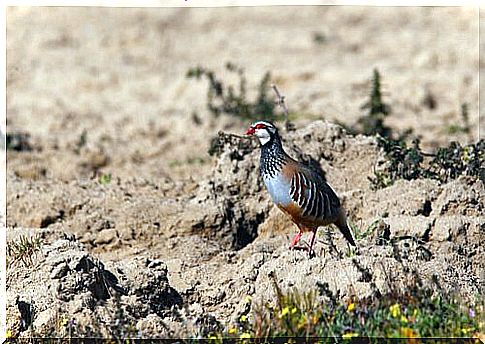
Those who choose to start in the latter way will have to keep the eggs in an environment with temperatures between 12 and 20 degrees, before their incubation.
In these cases, it is also essential to know the time or season in which the female has laid them, to ensure optimal incubation.
If you decide to buy chicks, you will need to provide them with a warm environment during the first two weeks.
These little ones are not yet able to regulate their body temperature on their own. The ideal is an environment maintained at 31-34 degrees. To manage this phase, you can use heating or alternative heat sources such as lamps or heat pumps.
The living conditions for adult birds must provide optimal temperatures between 20 and 22 degrees. Keep in mind that heat is not the only condition that must be respected. In fact, it will also be necessary to set up an aviary or chicken coop of at least 929 square centimeters.
The maximum density per cage should be 3 adults or 4 chicks. Each cage should contain feeders and drinkers to keep your animals hydrated and well fed.
The partridges bred in captivity must fly and exercise to stay healthy, and then show a beautiful plumage.
When they spend too many hours locked up in cages, they often lose their feathers, get sick or become more aggressive.
Hygiene: an essential care for partridges
Partridges are clean animals by nature and take care of their hygiene, on their own, when they live in their natural habitat. This habit keeps them healthy and away from possible parasites and harmful microorganisms.
The breeding and reproduction of partridges in captivity require first-rate hygiene habits. It is necessary to clean feeders and drinkers every day and carry out general disinfestation in the cage at least twice a month.
It is also essential to provide good preventive medicine to prevent them from getting sick. Therefore, you will have to resort to a veterinarian specialized in the care of birds, who will be able to indicate vaccines and hygiene protocols to follow and respect, at various times in the life of partridges.
